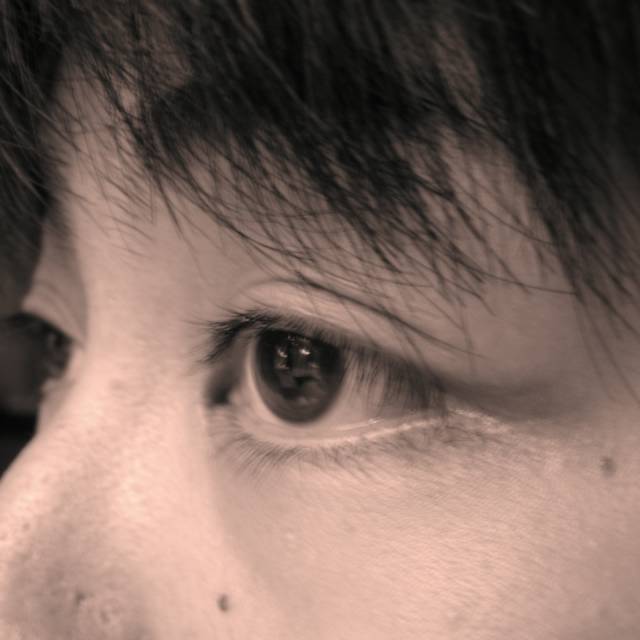lack of pink-headed boys in Japanese schools
You have a disability that really shows. But you don't want your disability to be your label. What would you do?
"Dye your hair neon-pink!" was the solution an eleven-year-old boy came up with. He has some sort of born defect that keeps him in and out of hospital all the time. He didn't want his schoolmates to be refering to him as "that kid with the bone disease," so he decided to dye his hair neon-pink, so that he'll be "the kid with pink hair." When I heard this story on the Tribune radio 720 a few days ago, I couldn't help exclaiming Wow! to myself. He's so cool! And what a mature idea he has about labeling people... Apparently the radio hosts also felt the same way; one of them even said to the mother of the boy, who called in "I like him! He's cool!"
My thought then floated across time and distance, to my school days in Japan. In my middle school, there was a boy who lost all his hair to some medication he needed to take for his bad ear disease. On our first day in the middle school, after the stupid entrance ceremony, a teacher solemnly went up to the podium and said she had a special announcement to make. Then she motioned to someone who was apparently hiding behind the stage curtain. Seeing that someone not come out, she took confident strides to the slightly vacillating curtain, and almost dragged out a pudgy boy with a white cap. It was obvious that he was crying. We wondered what was wrong. She went back to the podium with the sobbing boy, let them stand beside her, made the boy take off his cap to expose his bald head, and started to explain why he didn’t have hair, which, up until then, none of us noticed. She made him turn sideways to show a big white patch plastered onto his left ear, illustrating her point. She told us to be “friendly” with him. Then she tried to make the boy talk, in front of the entire class of us. With the sight of 400 heads, black with abundant supply of healthy hair, he couldn’t help choking.
I imagine his concerned parents asked the school to introduce him to his peer students, to reduce his initial difficulty. But obviously it was not his wish. Moreover, the “introduction” eternally stigmatized him as “the hairless kid who wept on the stage” until we graduated from the middle school, if not for longer. The teacher’s benevolent, slightly histrionic performance on the stage, as if telling the boy this was a trial he needed to stand up against, further emphasized his label as a poor kid who courageously fights his scary disease and resulting discrimination, thus building a high wall of ready-made interpretation between him and his potential friends at the middle school.
His white cap was, though nobody else wore one, a part of our school uniform. It was nothing but an awkward cap with no decoration, which nobody would imagine wearing as a fashion statement. That too, added to his misery.
In most Japanese schools, especially in middle schools, expressions of personality through external appearance are very limited, in order to “create the environment most appropriate for the age group to concentrate on what they need to concentrate on,” according to the school officials. Students wear uniforms (there are uniform for physical education as well), colors of shoes and outer coats are limited to one or two, there are designated book bags, and dyed hair is strictly prohibited along with piercing, make-up, and so forth. In fact, until about a decade ago, even the length of hair was determined by the schools. In such an environment, the solution of the eleven-year-old boy that I cited at the beginning is denied from the start. The more the schools enforce the uniform appearance of their students, the more the (unavoidable, often unwanted) difference stands out, like a parsnip in a thousand carrots. (My hometown was known for its carrot production.)
I personally do not want all the thirteen-year-olds to wear make-up, have three pierce holes on their ears and one in their belly button. But these stiff regulations of expressions could be suffocating. They could crush the sprouting buds of identity and creative self-presentation. There must be problems inherent in the American-style education. But, isn’t it fun to have some cool boys like that in schools?



0 Comments:
Post a Comment
<< Home